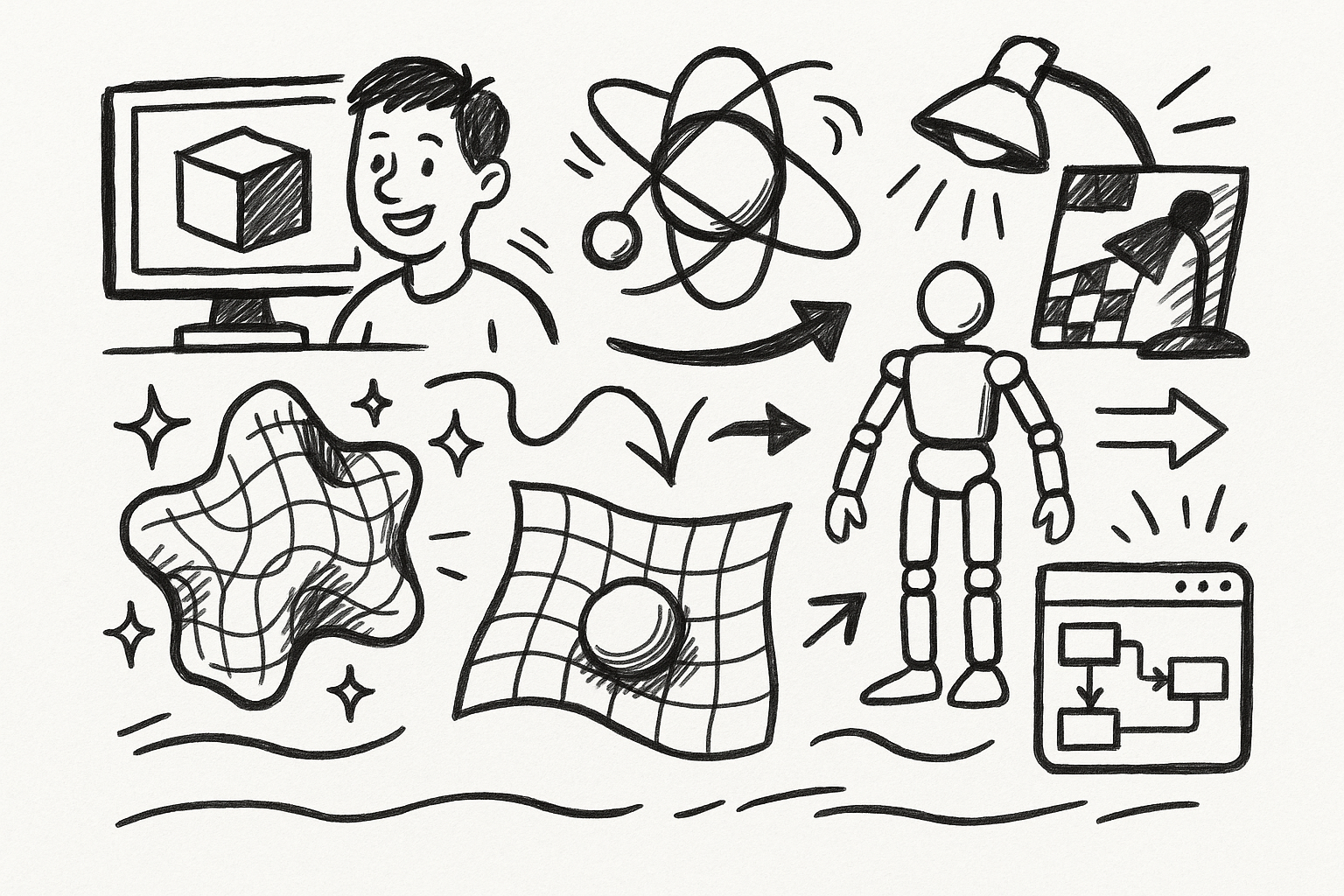Your Cart is Empty
Customer Testimonials
-
"Great customer service. The folks at Novedge were super helpful in navigating a somewhat complicated order including software upgrades and serial numbers in various stages of inactivity. They were friendly and helpful throughout the process.."
Ruben Ruckmark
"Quick & very helpful. We have been using Novedge for years and are very happy with their quick service when we need to make a purchase and excellent support resolving any issues."
Will Woodson
"Scott is the best. He reminds me about subscriptions dates, guides me in the correct direction for updates. He always responds promptly to me. He is literally the reason I continue to work with Novedge and will do so in the future."
Edward Mchugh
"Calvin Lok is “the man”. After my purchase of Sketchup 2021, he called me and provided step-by-step instructions to ease me through difficulties I was having with the setup of my new software."
Mike Borzage
Rhino 3D Tip: Optimizing Surface Creation in Rhino 3D: Tips for Loft, Sweep, and Network Surface Tools
August 30, 2024 2 min read

Mastering Rhino 3D’s surface creation tools is essential for creating complex and aesthetically pleasing models. Among the most powerful tools in this category are Loft, Sweep, and Network Surface. These tools allow for intricate control over surface generation, ensuring that your designs are both precise and fluid. Here are some tips to help you make the most of these tools:
Loft
- Selecting Curves: When using the Loft command, carefully select the curves in the order they should be lofted. The sequence affects the flow and continuity of the resulting surface.
- Loft Options: Utilize the options for Normal, Loose, Tight, and Straight sections to control the surface tension and shape. This is particularly useful in organic and freeform modeling.
- Adjusting Loft: Use the Rebuild option to refine the surface if the initial result is not smooth enough. This can help to reduce control points and create a cleaner surface.
Sweep
Sweep 1 Rail
- Rail Selection: Ensure the rail curve is precisely drawn and smooth. The resulting surface will follow the rail closely.
- Section Curves: Position section curves perpendicular to the rail for better surface generation. Multiple section curves along the rail can create more controlled and accurate surfaces.
Sweep 2 Rails
- Two Rails: Using two rail curves can provide tighter control over the surface edges. This is useful for more complex shapes where a single rail is insufficient.
- Adjusting Surfaces: Similar to Loft, use the Rebuild option to refine the surface after initial creation.
Network Surface
- Creating Networks: The Network Surface tool works best with a network of curves that form a grid-like pattern. Ensure your curves are intersecting correctly for a coherent surface.
- Curve Continuity: Check for curve continuity (G1, G2) to ensure smooth transitions across the surface. Use the Match command to adjust curve tangency and curvature if needed.
- Control Options: Explore options such as Edge Tolerance and Interior Tolerance to control the surface fitting better. This can help in achieving the desired surface precision.
By mastering these tools, you can significantly enhance your modeling workflow in Rhino 3D. Whether you are working on architectural forms, product designs, or complex organic structures, Loft, Sweep, and Network Surface provide the flexibility and control needed for high-quality surface modeling.
Stay updated with the latest tips and tricks by following NOVEDGE for more insights on Rhino 3D and other design software.
You can find all the Rhino products on the NOVEDGE web site at this page.
Also in Design News

Rhino 3D Tip: Efficiently Transforming Surfaces into Watertight Solids in Rhino 3D
August 31, 2025 3 min read
Read More
Revolutionizing 3D Design: Exploring Five Groundbreaking Innovations in Cinema 4D
August 31, 2025 4 min read
Read More
Revolutionizing Telecommunications: The Rise of Advanced Design Software
August 31, 2025 16 min read
Read MoreSubscribe
Sign up to get the latest on sales, new releases and more …


